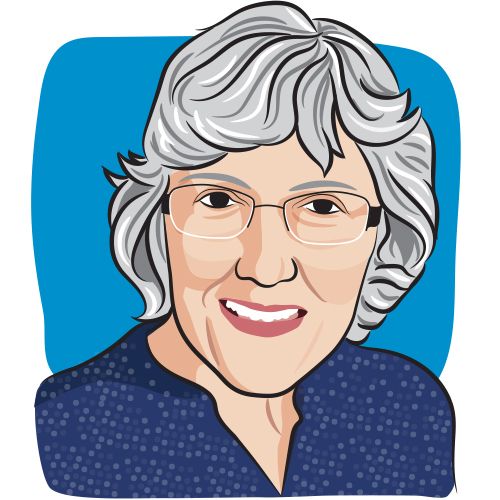A Strange New World of Cancer Research Has a Cost
My genetic testing covered 648 gene variants. Of course, researchers only know the significance of a fraction of those variants.

Would researchers and oncologists 30 or 40 years ago have imagined how the treatment of cancers and the search for cures would change in the intervening years? I wonder if they realized that the day would come when researchers realize that one size cure or treatment does not fit all?
I know this realization is good. Researchers are finding effective treatments and are coming closer to developing cures every day for several kinds of cancers through the study of genetic mutations. Patients who have the more common mutations or biomarkers are getting treatments designed around those mutations. It’s a wonderful development.
The last thing I want to do is rain on their parade. But I have to ask: Does anyone else miss the days when we naively thought there would be one cure for cancer? Why am I struggling with this? Here’s why: I’ve spent the last year and a half participating in a phase 1 clinical trial involving a combination of two oral drugs. About halfway through I reached no evidence of disease for my stage 4 ovarian cancer and stayed that way.
Yay me! Which is why I was astonished to learn the drug company had closed the trial early. I’m the only patient left. And that’s only because my oncologist pushed back, urging that they allow me to continue—until the drugs run out. (I hadn’t even thought of that eventuality. No need for them to make more.)
I couldn’t understand. Why stop a trial that offers such a promising result for a cancer that has no diagnostic tool and few effective traditional treatments? I have no way of knowing if other women in this study had a similar outcome. The company has removed any mention of the drug and the study from its website. ClinicalTrials.gov still lists the study, but it’s closed with no results posted.
My oncologist explained they weren’t getting the results they wanted on other solid-tumor cancers like melanomas and colon cancer with a more common genetic mutation. He noted that ovarian cancer is far less common and my biomarker, NF1, is present in only 8% of ovarian cancer patients. Not enough potential patients to make it worth pursuing—which is a sad state of affairs. Ovarian cancer is the leading cause of cancer deaths in women. One in 87 women will get it. One in 130 will die of it, according to the American Cancer Society.
An estimated 19,710 women in the U.S. will be diagnosed with ovarian cancer in 2024. Eight percent is 1,576 women. Not many, but I’m sure they would argue, like me, that they are just as worthy of new improved treatment as those with more common diseases. Statistics indicate 13,270 women in the U.S. will die from ovarian cancer this year.
In no way am I blaming drug companies for these statistics. They truly aren’t anyone’s fault. I’m just saying the road ahead has become rockier. Researchers now face developing targeted therapies for the many genetic mutations found in the many kinds of cancer. My genetic testing covered 648 gene variants. Of course, researchers only know the significance of a fraction of those variants. My doctor now looks first for clinic trials specifically tailored toward one of the two variants I have that are considered “biologically relevant.” That doesn’t mean I can’t participate in other trials. It’s just less likely they’ll have the same efficacy as one that targets NFI or my other variant.
I’m so blessed to participate in clinical trials. They’re prolonging my life. I want to be a part of developing drugs that could benefit my daughter, granddaughter, sisters, sisters-in-law and nieces. It’s just hard to face the fact that each one could hypothetically need a different drug in order to stop cancer from decimating their bodies.
Technology is a wonderful thing. Modern medicine is saving more lives every day. I get that. I’m simply taking a moment to acknowledge that there’s also a cost. Developing these drugs can take 10, 15 or more years. And cost millions of dollars for each one. Some women don’t have that kind of time. Let’s hope we can find a way to make room for the rarer forms of cancer and less common biomarkers too.
For more news on cancer updates, research and education, don’t forget to subscribe to CURE®’s newsletters here.